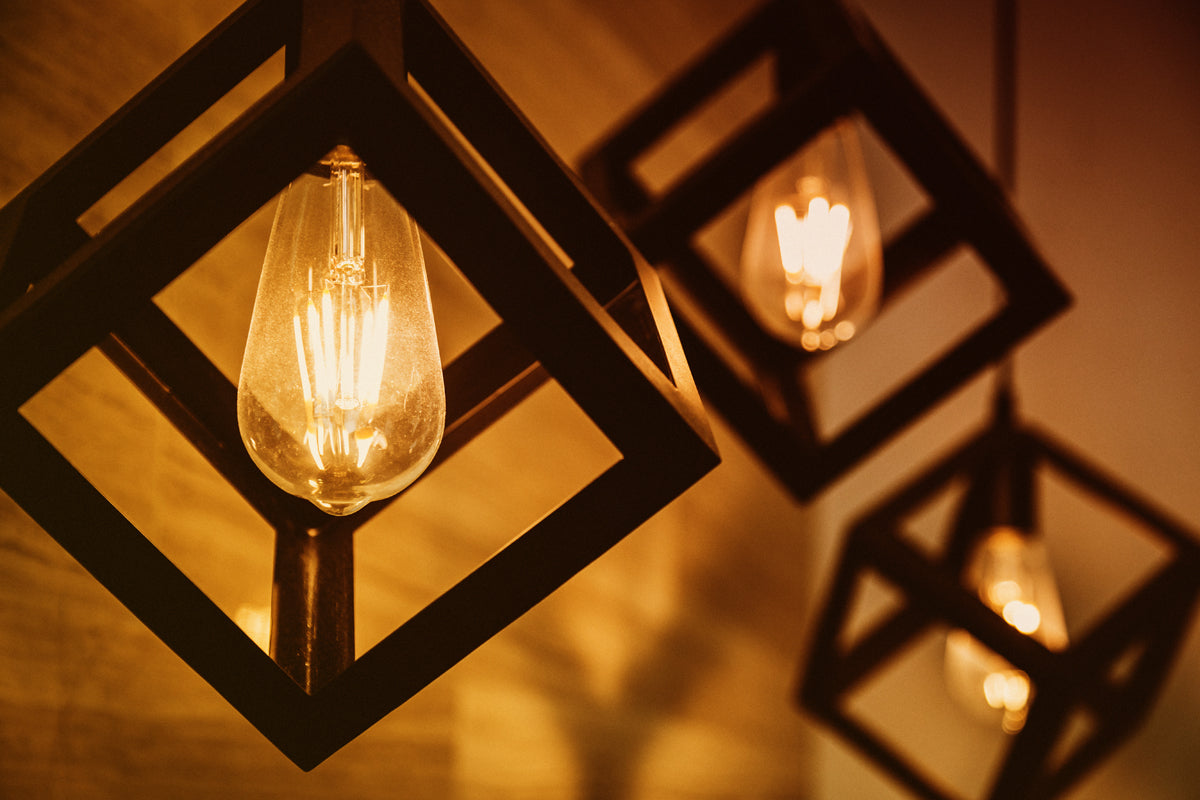On orders $99+
On orders $99+

Watts, lumens, and Kelvin are fundamental units used to describe different attributes of lighting. Watts measure the energy consumption of a light bulb, indicating how much electricity it uses, not its brightness. Lumens, on the other hand, measure the brightness of a light bulb, denoting the amount of visible light it emits; the higher the lumens, the brighter the light. Kelvin measures the color temperature of light, determining whether the light is warm (lower Kelvin values), cool (higher Kelvin values), or resembles daylight, thus influencing the ambiance and mood of a space. Each of these units plays a crucial role in helping individuals choose the right lighting for different environments based on brightness, energy efficiency, and color preference.
In the realm of lighting, the terms lumens, watts, and Kelvin are the three pillars that hold the roof of understanding. They are essential in choosing the right lighting for your home, office, or any other space. However, these terms might seem alien to the uninitiated. This article aims to demystify these terms, making the arcane world of lighting accessible to all. So, let’s embark on a journey from darkness to enlightenment, illuminating the path with the knowledge of lumens, watts, and the Kelvin scale.
Lumens: The Measure of Brightness
Imagine you’re in a dark room and you switch on a light. The room gets filled with light, but how do we measure this light? This is where lumens come into play. Lumens are the unit of measurement used to quantify the amount of visible light emitted by a source. The higher the lumens, the brighter the light. For instance, a bulb rated at 800 lumens will emit more light than a bulb rated at 600 lumens.
Example: Imagine a soft glow of a candle on a romantic dinner table, it exudes around 12-15 lumens. Now contrast this with the bright and robust light in your kitchen helping you chop vegetables safely, which might be around 1000 lumens or more.
A common pain point is overestimating the amount of lumens needed which could lead to an overly bright space that's uncomfortable to the eyes. It's imperative to choose the right lumens based on the size and purpose of the space.
Watts: The Measure of Energy
Watts measure the rate of energy consumption by an electrical device when it is in operation. In the context of lighting, it indicates the amount of electricity a light bulb consumes. It’s crucial to understand that watts are not a measure of brightness but of energy usage. Traditionally, people associated higher wattage with brighter light, but with modern lighting technologies like LED, more light (lumens) can be produced with less power (watts).
Example: An old 60-watt incandescent bulb produces the same amount of light as a 9 to 12-watt LED bulb.
The misconception that higher wattage means brighter light can lead to higher energy bills without achieving the desired brightness. It's crucial to shift the focus from watts to lumens when seeking brighter lights.
Kelvin: The Measure of Color Temperature
The color temperature of light is measured in Kelvin (K). It determines whether the light emitted is warm (lower Kelvin values like 2700K-3000K), cool (higher Kelvin values like 3500K-4100K), or daylight (5000K-6500K). Warm light creates a cozy, welcoming atmosphere, while cool light is energetic and crisp. Daylight replicates the natural light of a sunny day.
Example: The warm light of a sunset might resemble a lower Kelvin value, creating a cozy and calm ambiance, while the cool light in an office setting promotes alertness and productivity.
Choosing the wrong color temperature can adversely affect the mood and functionality of a space. It's crucial to select the right Kelvin value based on the atmosphere you aim to create.
Understanding lumens, watts, and Kelvin is akin to possessing a magic wand that allows you to tailor the lighting of your spaces to your exact preferences and needs. Armed with this knowledge, you’re now well-equipped to make enlightened decisions, ensuring your spaces are not just well-lit, but also energy-efficient and mood-enhancing. The world of lighting is now no longer shrouded in mystery, and you have the power to illuminate it as per your whims and fancies.
Helpful Links:
Illuminating Harmony: The Art and Science of Layered Lighting
Benefits of Switching to LED Lighting
Leave a comment